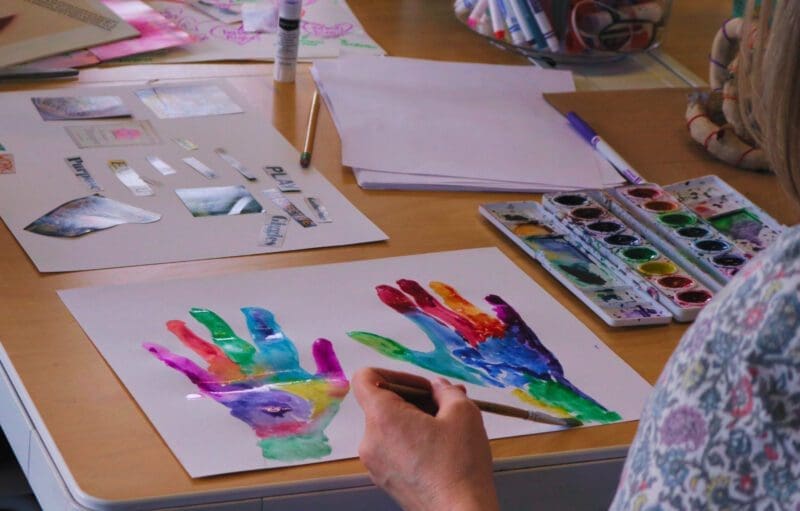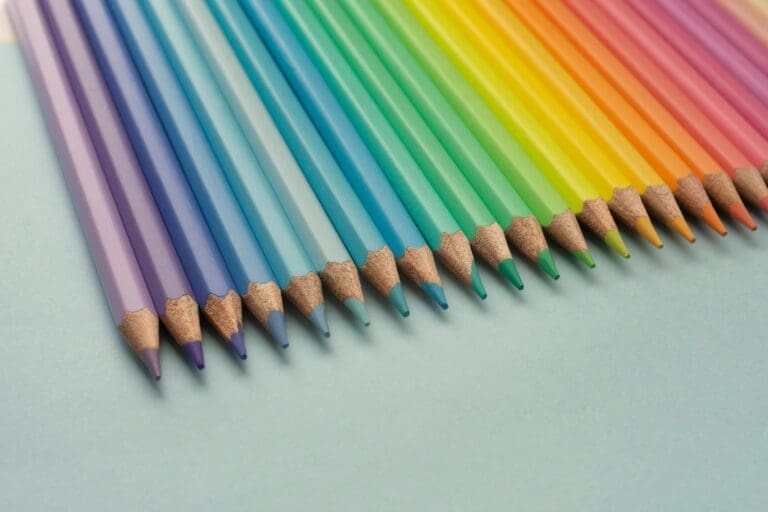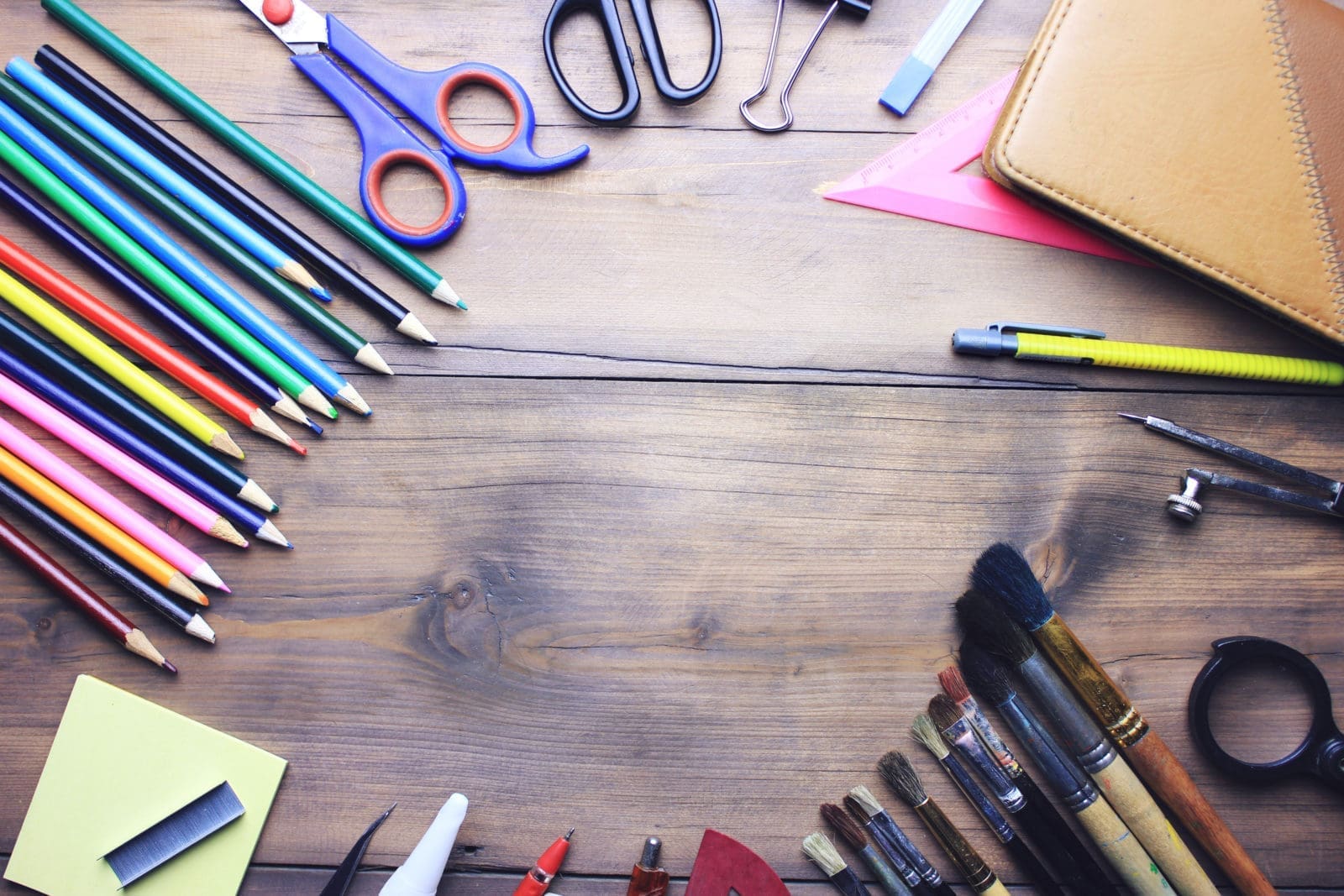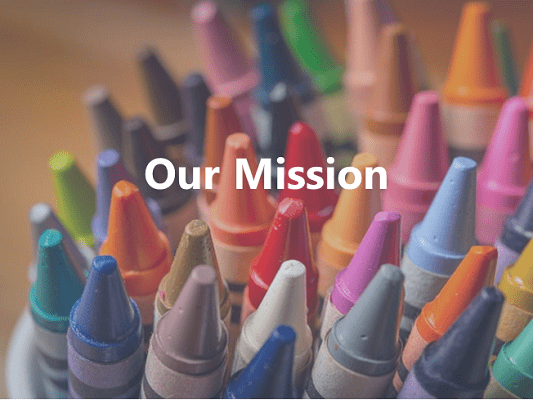Welcome to Northwest Creative and Expressive Arts Institute
We provide quality education in the Expressive and Creative Arts in our beautiful studio in Seattle, and online for all!
Upcoming Workshops & Events
FREE Monthly Expressive Arts Gathering!
Join us the third Saturday each month for a themed expressive arts gathering (virtual). Find out more and sign up, here.
Help Us Grow!

We are now offering options for REAT Supervision. Are you interested in becoming a Registered Expressive Arts Therapist? Read more about the REAT requirements and check out our current supervision opportunities.
The NWCEAI Seattle Studio: 1631 15th Ave. W., suite 305. We’re in the Interbay WorkLofts complex. Watch for upcoming in-person workshops and events here!
Listen to Dr. Sibel Golden on the Opal Food & Body Wisdom podcast: The Appetite Episode #46: Self-Care in Practice: An Interview with Sibel Golden, PhD
Why Art Therapy and Expressive Arts Therapy?
Expressive Arts Therapy is a multi-modality, integrative approach to working with the creative arts. We use visual arts, drama, music, writing, sand tray, and movement to explore the experience of being human and foster growth and healing.
By including the arts in the therapeutic process, we are employing a modality to consider qualitative aspects of the person that are not readily measured by quantitative, laboratory-based methods, although there is a large and growing body of evidence of its effectiveness. The literature suggests, and we have found in our own Art Therapy and Expressive Arts Therapy practice the following:
-
- Expressive Arts Therapy is Expansive. Over the last fifty years, it has become clear that traditional forms of psychotherapy have limited effectiveness for many people.
- Expressive Arts Therapy Engages the Whole Being. For optimal health, we need to be able to connect feelings and ideas (both right and left hemispheres of the brain), to link past and present, to make sense of the now, and to plan for the future. Engaging in the creative arts, whether visual, drama, movement, writing, or music provides this opportunity.
- Expressive Arts Therapy is a Bridge. Offering a way to make contact, connect, and begin a meaningful dialogue for those who may have difficulty expressing themselves in traditional talk therapy.
-
- Expressive Arts Therapy Holds Space. The creative arts provide an opportunity for the safe expression of feelings, creating a “boundary” or “container” where previously there may have been none.
- Expressive Arts Therapy is Client-Centered. The client has the opportunity to work with both the process of creating, as well as the product/outcome.
- Expressive Arts Therapy Helps Tell a Story. Engaging in the creative arts can be part of how a client tells their story. Through visual art, drama, music, writing, movement, and sand tray, there are opportunities to explore one’s story and gain awareness and insight to generate healing, and new narratives.






